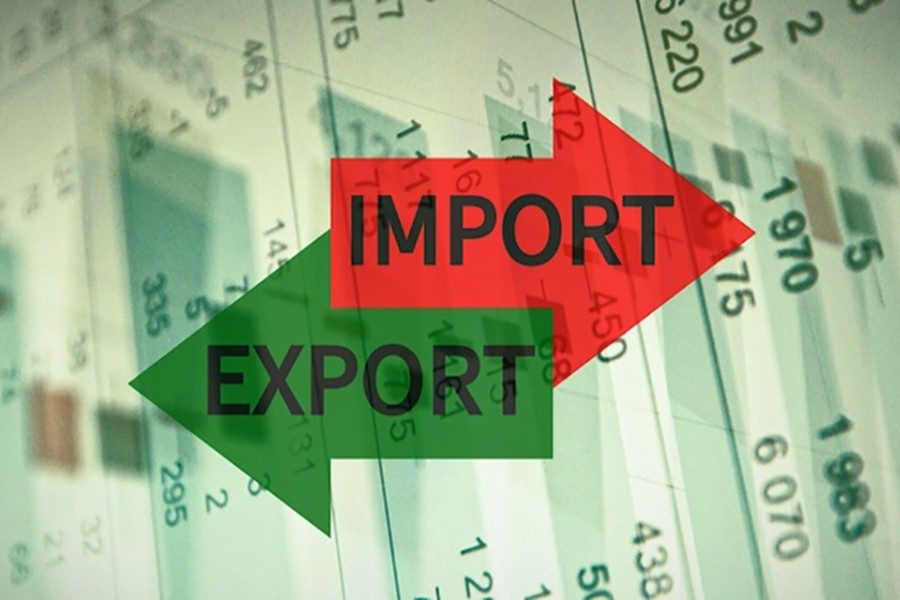India will benefit from greater trade and investment flows from Quad members. India is poised to become a growing destination market for goods from the other Quad countries (US, Japan and Australia), including commodities, machinery and chemicals, Moody’s Investor Service said on Tuesday.
Quadrilateral Security Dialogue is better known as the Quad and comprises four nations – US, Japan and Australia beside India.
In a report titled, ‘Geopolitical Risks – Asia Pacific: Quad alliance’s economic pivot has potential to amplify supply-chain and investment shifts’, the firm said that India will benefit from greater trade and investment flows, although regulatory and infrastructure constraints remain. “The US and Japan will continue to be major sources of foreign direct investment (FDI) to India in services, telecommunications and software, while Australia’s presence will grow as a result of a free-trade agreement with India,” it said.
However, the report cautioned that the magnitude of the trade flow shifts will also depend on improvements in India’s business climate and level of investment attractiveness, which remains weak compared with that of other APAC economies and the other Quad members. India also stands out as a relatively protectionist market for goods and capital, reflected in its high weighted average import tariff.
The note highlighted that as Quad’s member countries seek to counter China’s growing strategic influence in Asia Pacific (APAC), the coalition’s objective of increasing technological and energy security will be challenged by latter’s importance in the production of computing and renewable energy technologies.
Ban on Chinese apps
The report took note of the fact that India has added 59 Chinese mobile applications to its block list amid national security and data privacy concerns. There have also been disputes between Indian power producers and Chinese solar panel suppliers over alleged predatory pricing.
It says India stands to benefit from Quad-related supply chain shifts by increasing trade with member economies and diversifying its sources of imports from China. “For India, the costs of pivoting from China toward Quad members as priority markets for trade growth will be relatively low, given that only a small share of its exports currently goes to China,” it said.
Expanding market access
As reflected in its reluctance to join the RCEP trade agreement, India is keen to reduce its dependence on imports from China while expanding its market access to Australia, Japan and the US. The US has become India‘s largest export market over the last 15 years, while bilateral trade between India and Australia is also likely to increase with the completion in April of the Australia-India Comprehensive Economic Cooperation Agreement.
Since 2000, the US and Japan have been among the top sources of FDI to India when excluding offshore centres such as the Cayman Islands and Mauritius. The top recipient sectors include services, computer software and hardware, telecommunications and automobiles. “India may also benefit from FDI diversion from China in lower-skilled, labor-intensive sectors. However, FDI in export-oriented manufacturing sectors such as electronics and machinery has been comparatively lower than in service-oriented sectors in India,” the report said.







